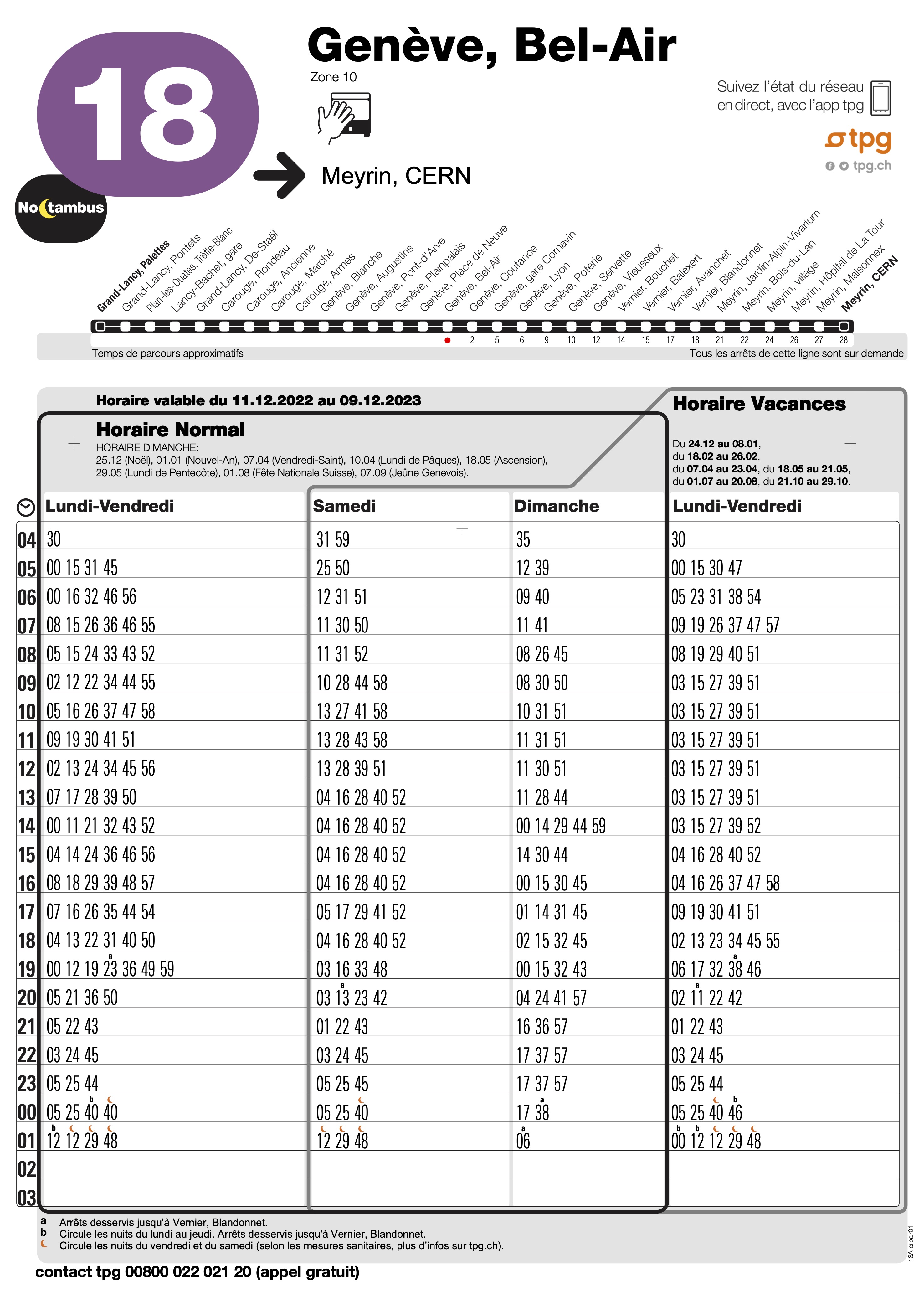The poster session will take place at the BFM (Bâtiment des Forces Motrices) in Geneva downtown on Thursday 12/10/23 between 17:30 and 19:50 (during the cocktail).
The banquet will also take place at the BFM on Thursday 12/10/23 between 20:30 and 23:00.
Between the poster session/cocktail and the banquet, a short concert will also take place from the Trois-Chêne Orchestra (see also here) => The concert was recorded and can be found here
- The orchestra: The Trois-Chêne Orchestra is a symphonic ensemble with several decades of history and a constant curiosity for music. Based in the Geneva region, our orchestra consists of about 70 amateur musicians guided by professionals. The ensemble was created in 2011, by the merger of the Madeleine and Saint-Jean orchestras. After several years of artistic work carried out by Arsène Liechti, Arturo Corrales took over the artistic direction of O3C in 2017. Our weekly rehearsals happen on Monday evenings and we perform 3 series of concerts every year, mainly but not exclusively in the three municipalities that support us financially. We're always hiring new members, so if you are an amateur violinist, viola, trombone or french horn player, and motivated to join a rehearsal, get in touch with us through the O3C website!
- The piece of music: Antonín Dvořák (1841 – 1904), American Suite in A Major, Op. 98b (1895): the Suite in A Major initially began as a cycle of piano pieces composed by Dvořák in the United States in 1894, while he served as the director of the New York Conservatory. The orchestral version, later known as the American Suite, was written by Dvořák in the following year but only premiered in 1910, in Prague, after the composer's death. The piece, characterized by a contrasted orchestration, is built up of 5 movements. They're all inspired by dances in which Dvořák's distinctive "American" style is expressed, influenced by the typical folklore of the New World and the traditional music of Czech immigrants. This combination of American influences and Slavic traditions is particularly strong in the central moderato, with a polonaise rhythm mixed with the oriental theme of the final movement, where the orchestra skillfully transitions from minor to major tonality, with the flute and oboe playing in unison. The conclusion of the piece brings back the main theme of the first movement, illustrating the cyclicity cherished by the composer.
How to go from CERN to the BFM
Geneva public tranports are very convenient to reach BFM (see here for the web site of Geneva public transports)
Direct Tram 18 connecting CERN to Bel-Air
- ~ 10 min to walk from the CERN conference rooms to the CERN Tram Stop.
- ~ 30 min by Tram from CERN to Bel-Air.
- ~ 10 min to walk from the Bel-Air Tram Stop to the BFM.
- Schedules for CERN Tram: 15:27, 15:33, 15:44, 15:54, 16:03, 16:12, 16:21, 16:31, 16:40, 16:49, 16:58.
- Schedules from Bel-Air Tram: 23:05, 23:25, 23:44, 00:05 and 00:25.
Trip of Tram 18 from CERN to BFM can be seen here. The corresponding timetable can be seen below.


Trip of Tram 18 from BFM to CERN can be seen here. The corresponding timetable can be seen below.


